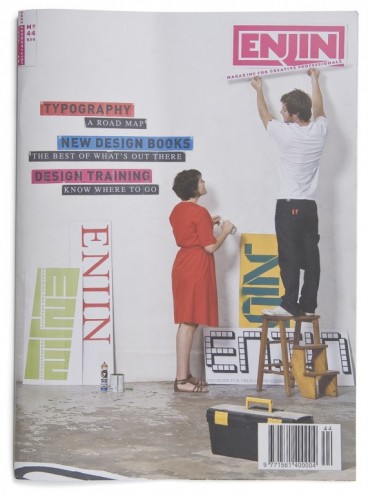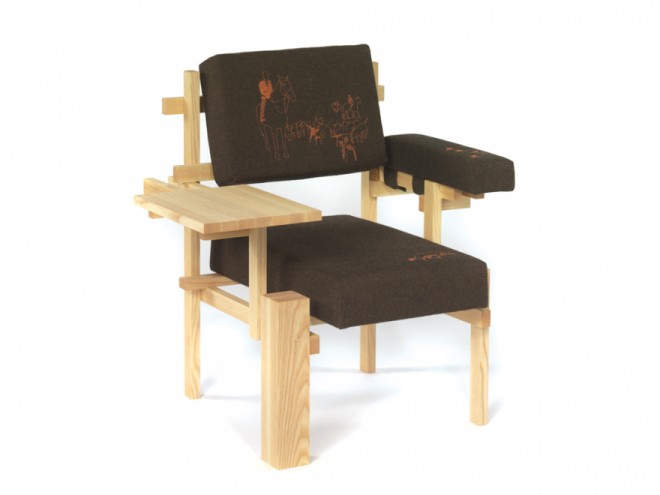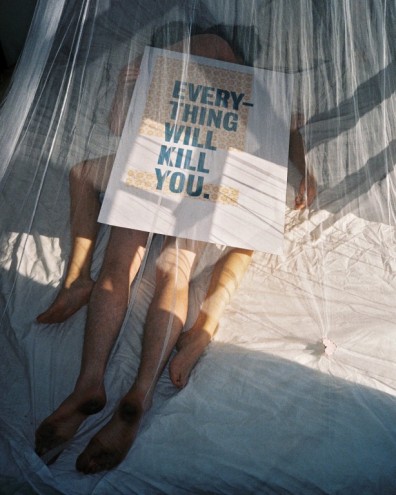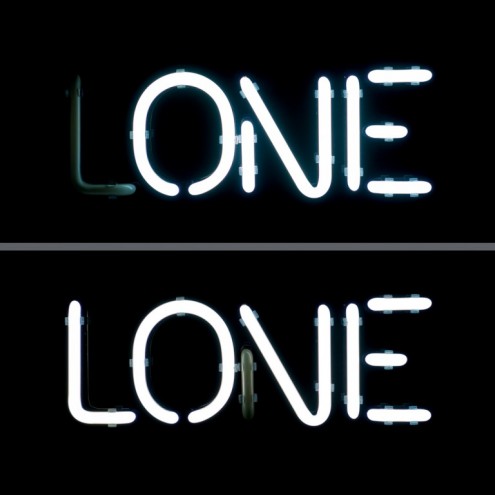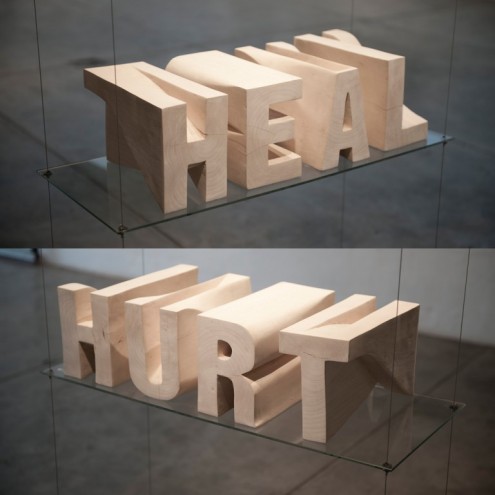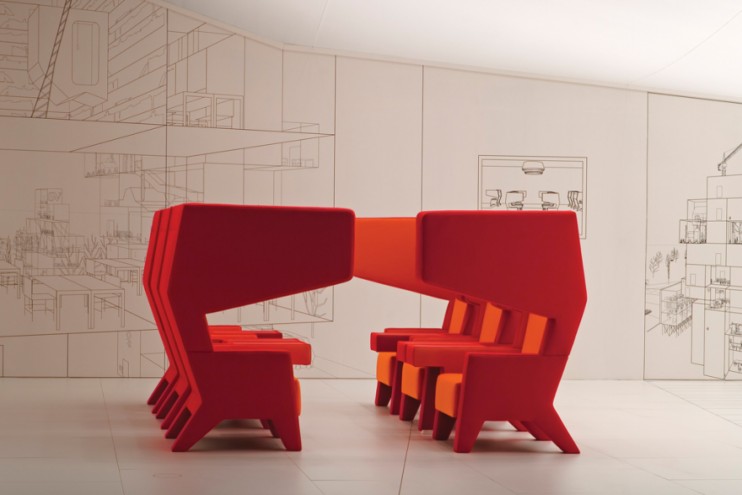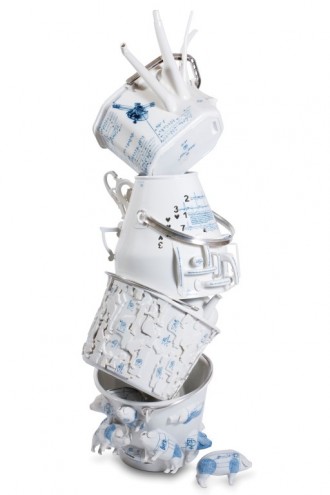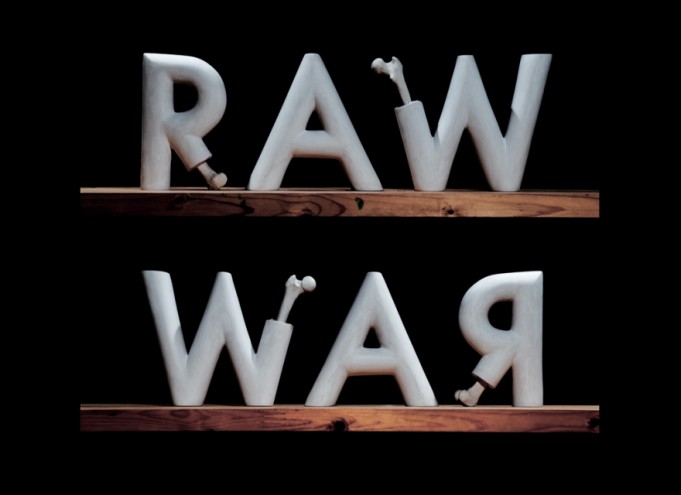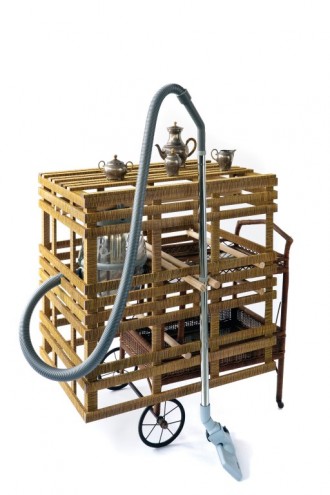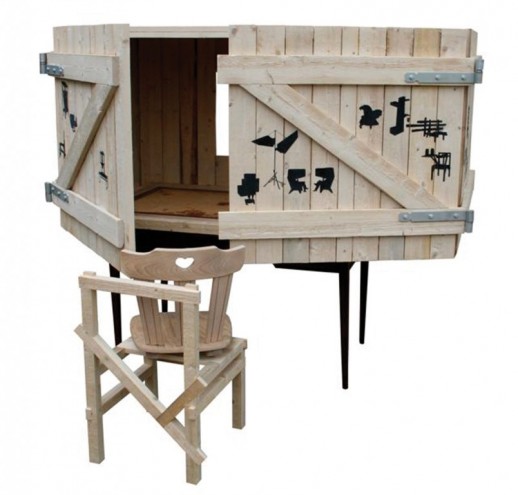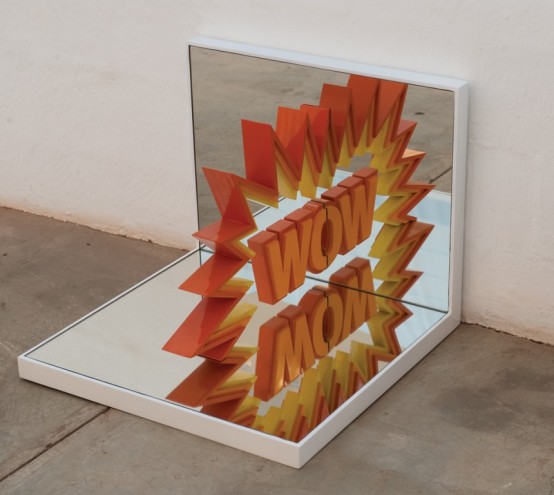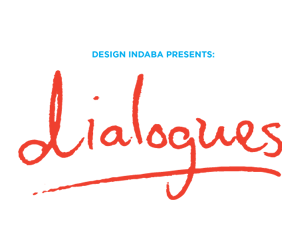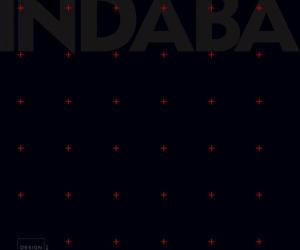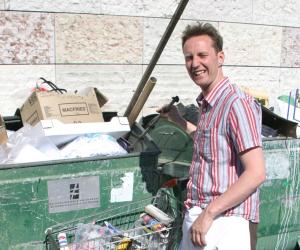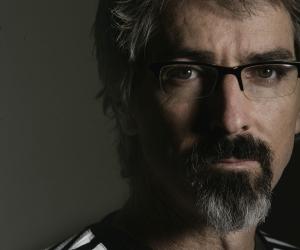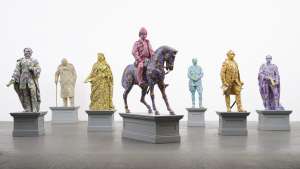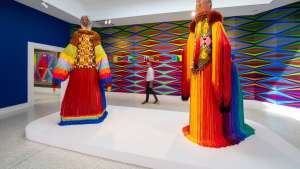Part of the Project
First Published in
Richard Hart: Traditionally design has been about answering questions or giving solutions, but your work seems to be more about posing questions. A lot of the pieces are not beautiful artefacts that sit in some rich person’s house. In a way, the form seems secondary to provoking a debate. In that way they seem closer to art than a lot of design.
Jurgen Bey: I am a designer. An artist works differently to a designer in that designers always pose two questions. There is a question raised by the client and as a designer you try to either solve or rephrase the question. But I do agree with you that what is beautiful about art is that it starts a debate.
Richard: Another thing that strikes me about your work is the amount of intuition that goes into it. I have sensed that you are really confident in your own intuition and that you allow that to guide the design process quite a lot.
Jurgen: Well, if I had to describe myself I would say that I am the ultimate Mr Doubt! I’m the most unconfident person that I know, but I do know how to hide that quite well. So I don’t feel confident about intuition, also because I am really from the mind. However, one way to start a project is to build on what you know and another way is to just jump out of the plane. By throwing yourself in, you have to use intuition. I do think that it is a very important part of design that has been underestimated for a long time. Conceptual design has so much that you have to explain – what it is, how it should be and how it should be read. Perhaps that is the big difference between design and art. With design, you always explain exactly what is there throughout all the layers. In art, it is more open: The artist proposes and the viewers can reach their own thing. Art is a mirror.
Richard: But take some of your pieces, for instance the chairs that you made out of wooden planks that were incredibly asymmetrical. There seems to be not just playfulness there, but also trust that what you are doing is right, because it breaks the rules of what has come before.
Jurgen: Maybe. That project started by looking at 1950s and 1970s Brazilian furniture and the way that I have been taught aesthetics is completely different from that. What I tried to do was to learn from it and be curious about it, like “How does it grow?” and “How do you think about it?” In a way, I was trying to sketch and animate. This is why I am so interested in illustration, as it is such a speedy medium. When I look at your website, the amount of work that you have made is amazing. Your process is ten times as fast as a woodworker. If I had to propose a chair, it would take me two weeks just to make the drawings.
Richard: Although, the first piece of furniture I ever made was a few years ago for a Design Indaba charity auction. I designed it on the computer, and had the pieces cut by computer and assembled by other people. Picking it up from the factory, it was an amazing moment to find that it weighed 20kg and was made of solid wood, because most of what I do winds up on paper that is ultimately discarded. It was quite a thrill to see something that is going to be around for 50 years, possibly more.
Jurgen: On the other hand, there is so much talk about the durability and environmental friendliness, and I can almost say that you are the most environmentally friendly and durable designer possible. In the end it is just a sheet of paper that goes into everybody’s mind and there it does exactly what it should do.
Richard: I think when the projects that you are working on are high-minded and have some cultural merit, then you can definitely create something of value to humanity that maybe outweighs the cost to the environment. Unfortunately the reality of a commercial graphic design studio is that we find ourselves making brochures for clients where we will print 100 000 and you just know that 95 000 of them will wind up in the rubbish bin before they’ve even been looked at. And that’s without even calling into question the value of the message being communicated to start with!
Jurgen: You said that working for clients means it is not always possible to have a real cultural outcome, but the packaging design you made for Woolworths had a very specific African atmosphere.
Richard: In our world you have to be quite chameleon-like because the client, in that case Woolworths, can call you up and say, “We want this in this feel”. Then two weeks later they will call and say: “No, we would like you to reinterpret that in a completely Eurocentric feel.” You have to be able to move quite seamlessly between those things, whatever it is they are asking for. This is a big part of why I have started to make art for myself and for gallery walls, because I get to create work where the integrity is not compromised by a third party. I imagine you steer the way things go to make a Jurgen Bey piece?
Jurgen: Yeah, but I don’t deal with the proper work anymore. Either there is money involved or there is so much other work besides the real design that you end up doing nothing else but talking people into directions. Like your art, I’m also now starting to search for a place where I can at least also still do the creative part within a medium. How do you feel being South African, with its own culture and politics? Do you look abroad to learn from it or do you feel that it is time for the South African or the African era, where something new is going to start from inside?
Richard: That is beginning to happen. When I spoke at Design Indaba maybe six years ago, I was at the press conference and the local press were grilling all the big speakers from abroad. It really struck me how at that time we had this inferiority complex, asking questions like, “How do we find our own voice?” We were really looking for approval from the international designers. I think that is happening less and less. We are starting to find something that is an authentic South African voice. There was a tendency maybe five or ten years ago, just after we became a democratic nation, where we were really stabbing in the dark to find something that was our own identity and it became a little bit contrived. It didn’t seem to come from the heart. It has always been my feeling that a national design identity or aesthetic is really just the product of a number of individuals doing their own thing, really honestly and with integrity. Through that, something that looks like an identity will slowly evolve. It is not something that you can just put on like a shirt. The whole African thing is not something I like to think about very much. I think where you come from and where you live will inform your work, one way or the other. But I have never tried to be self-consciously African as then it really becomes, as I said earlier, a bit contrived. It is nice to be informed without knowing that you are informed.
Jurgen: It is more for the foreigner because I feel the same if people ask me “What is Dutch design?” I know I am Dutch, my work comes from it and I am very happy for that, but it is very difficult to describe. A foreigner can describe it, because they see clear differences.
Richard: Getting back to your work for a moment, there is also a type of storytelling and, what I find very endearing, humility to it. It isn’t about gloss or slickness; it is about making a human connection. Is that a fair description of what you do?
Jurgen: Yes, in that sense, our work is related. It is about communication with people. I am more interested in people than things, but since I am a thing-maker, it comes out through products. Storytelling is about trying to understand reality and how beautiful it is, and then trying to conceive this through making products as starting points to address people. As I said earlier, I envy you because your medium is so much faster in addressing people. Because it is a flat world and silent, you can just go into it and see as much as you know. It is a much faster language than words!
Richard: There is a fluidity to illustration that is really wonderful. It is whatever you can think and put down. It is not restricted by the physical world or the world of what is possible.
Jurgen: Exactly, it is like another world. The nice thing is that you as a human being are restricted so you can never go too far because it is only with the knowledge that is in the mind. As soon as you put it on paper though, gravity and time are gone. You try to solve it by getting closer and closer, and the beauty of illustration and painting is that it is layer over layer. Anything that happens in between, you can change completely because it is part of the whole landscape. In that sense, I envy your profession.
Richard: Well thanks, I envy yours too! I would love to be making more objects, which I suppose is a big part of why I have began to make sculptures. I am very seduced by creating objects and making things in three dimensions, which I guess is also a reaction to having worked for 20 years in two dimensions. As I said before, the bench that I made was such a revelation and gave such a feeling of joy seeing something that actually occupies space and has a lifespan that is longer than a piece of paper. So we each envy each other, which is a comfortable place to be!



